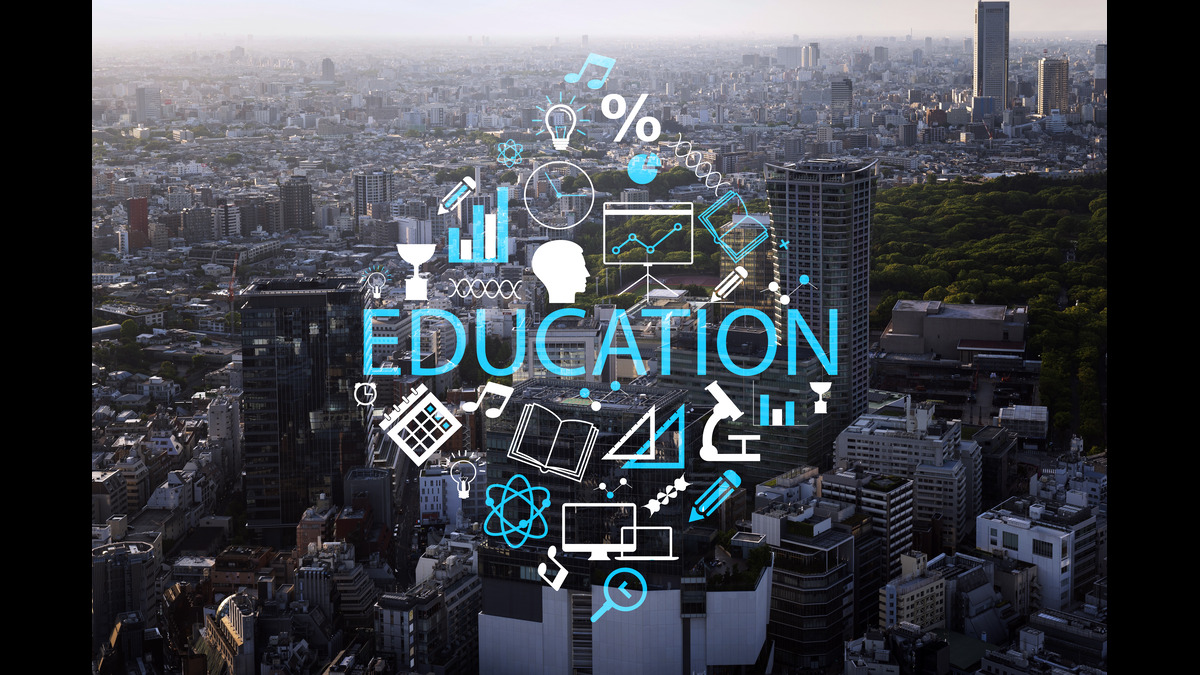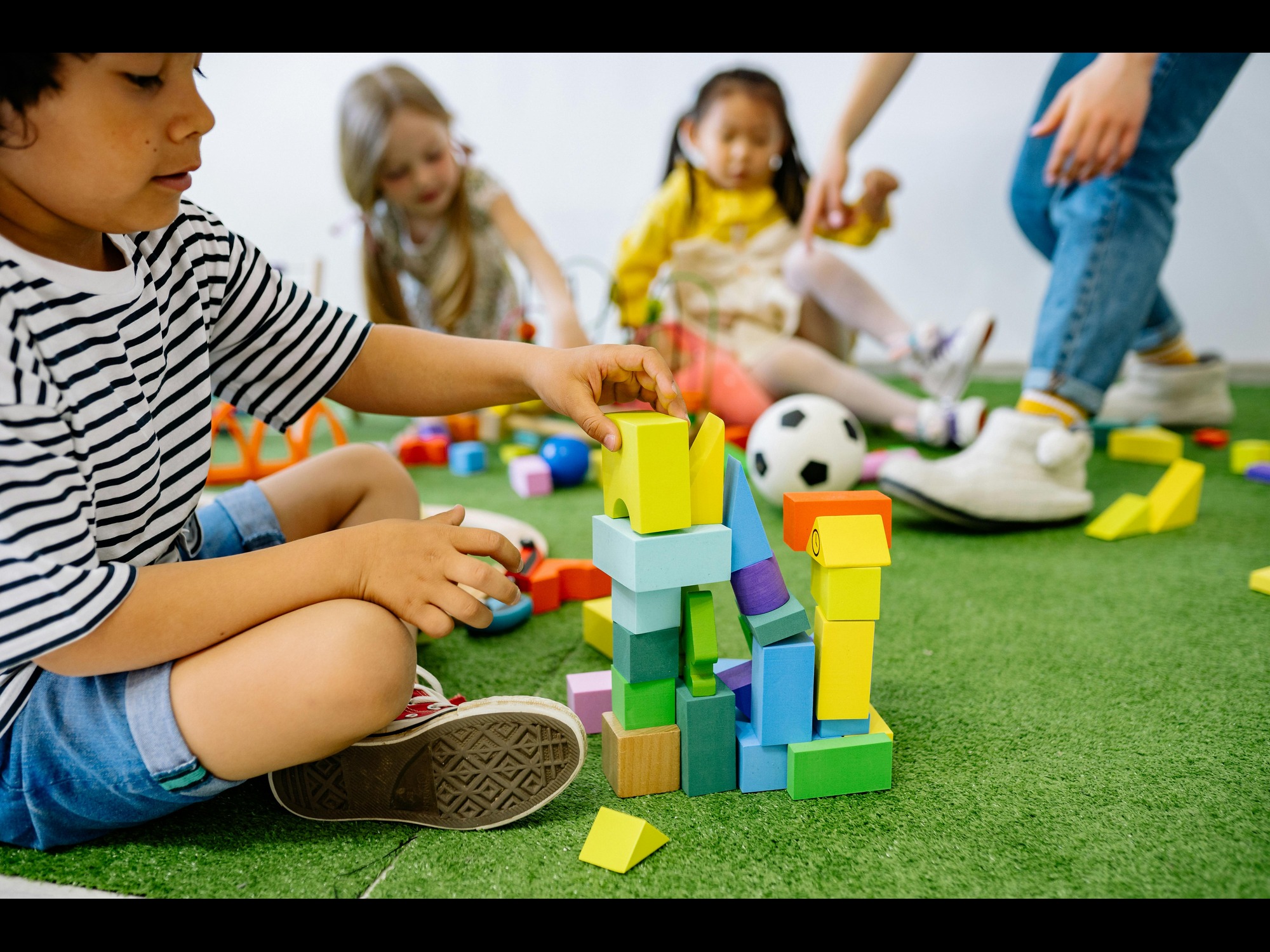The integration of education technology (EdTech) into classrooms and learning environments worldwide is transforming how students engage with content and educators enhance their teaching methods. From online courses and digital resources to interactive whiteboards and AI-driven tutoring, EdTech is reshaping traditional approaches to learning, making education more accessible, engaging, and personalized.
The Impact of Education Technology on Modern Learning
EdTech enables educators and students to access a variety of resources, and its adoption is rapidly growing across all levels of education. Below are some key ways education technology is changing learning:
1. Enhanced Access to Resources
Students can now access a wide range of learning materials online, from e-books and interactive simulations to video tutorials and virtual labs. This access bridges the gap for learners who may not have access to certain resources locally.
2. Personalized Learning Experiences
Adaptive learning technologies, often powered by AI, allow students to learn at their own pace. These tools tailor content based on a student’s strengths and weaknesses, enabling a customized learning path that maximizes individual progress.
3. Collaboration and Communication Tools
Platforms like Google Classroom, Zoom, and Microsoft Teams allow students and teachers to collaborate and communicate, even if they’re not in the same physical space. This fosters a learning environment where students can engage in discussions, work on group projects, and communicate with teachers in real-time.
4. Real-World Skills through Digital Literacy
EdTech encourages students to develop digital literacy and other technical skills essential for the modern workforce. Learning to use digital tools effectively prepares students for a range of career paths in a tech-driven world.
5. Interactive and Engaging Content
Interactive apps, gamified learning platforms, and virtual reality experiences make learning more engaging. For example, VR technology can bring subjects like history or biology to life, allowing students to “explore” ancient civilizations or dive into the human body for a hands-on learning experience.
Challenges in Implementing Education Technology
While EdTech brings many benefits, it also presents challenges, including:
- Cost and Accessibility: Not all schools or students can afford advanced technology, creating disparities in learning opportunities.
- Teacher Training: Educators may need additional training to effectively integrate EdTech into their classrooms.
- Privacy and Security Concerns: With increased data usage, protecting student information becomes crucial.
FAQs about Education Technology
1. What is education technology (EdTech)?
Education technology, or EdTech, refers to tools and resources used to enhance learning and teaching processes. It includes online platforms, digital content, interactive applications, AI, and VR tools that create more engaging and efficient learning experiences.
2. How does EdTech benefit students?
EdTech offers students a more personalized, interactive, and accessible learning experience. It enables self-paced learning, provides access to diverse resources, and supports collaboration, helping students gain practical skills for the modern world.
3. What role does EdTech play in remote learning?
During the COVID-19 pandemic, EdTech became essential for remote learning. Tools like video conferencing platforms, online assessment tools, and digital classrooms helped maintain continuity in education, allowing students to learn from anywhere.
4. Are there any drawbacks to using EdTech?
While EdTech offers many benefits, some challenges include potential inequality due to lack of access, the need for educator training, and concerns over data privacy and screen time for students.
5. What is the future of EdTech?
The future of EdTech looks promising, with advancements in AI, virtual reality, and adaptive learning technologies. These developments are expected to create even more personalized and immersive learning experiences, further transforming the educational landscape.
Conclusion
Education technology is revolutionizing learning by making it more flexible, interactive, and accessible. By enabling personalized education and fostering collaboration, EdTech is preparing students for a tech-savvy future. As the industry grows, it’s essential to continue addressing challenges such as accessibility and privacy to ensure that all students can benefit from these innovations.
EdTech will likely continue to evolve, offering educators and students new tools and opportunities that redefine traditional learning methods and equip learners with the skills they need for a rapidly changing world.










